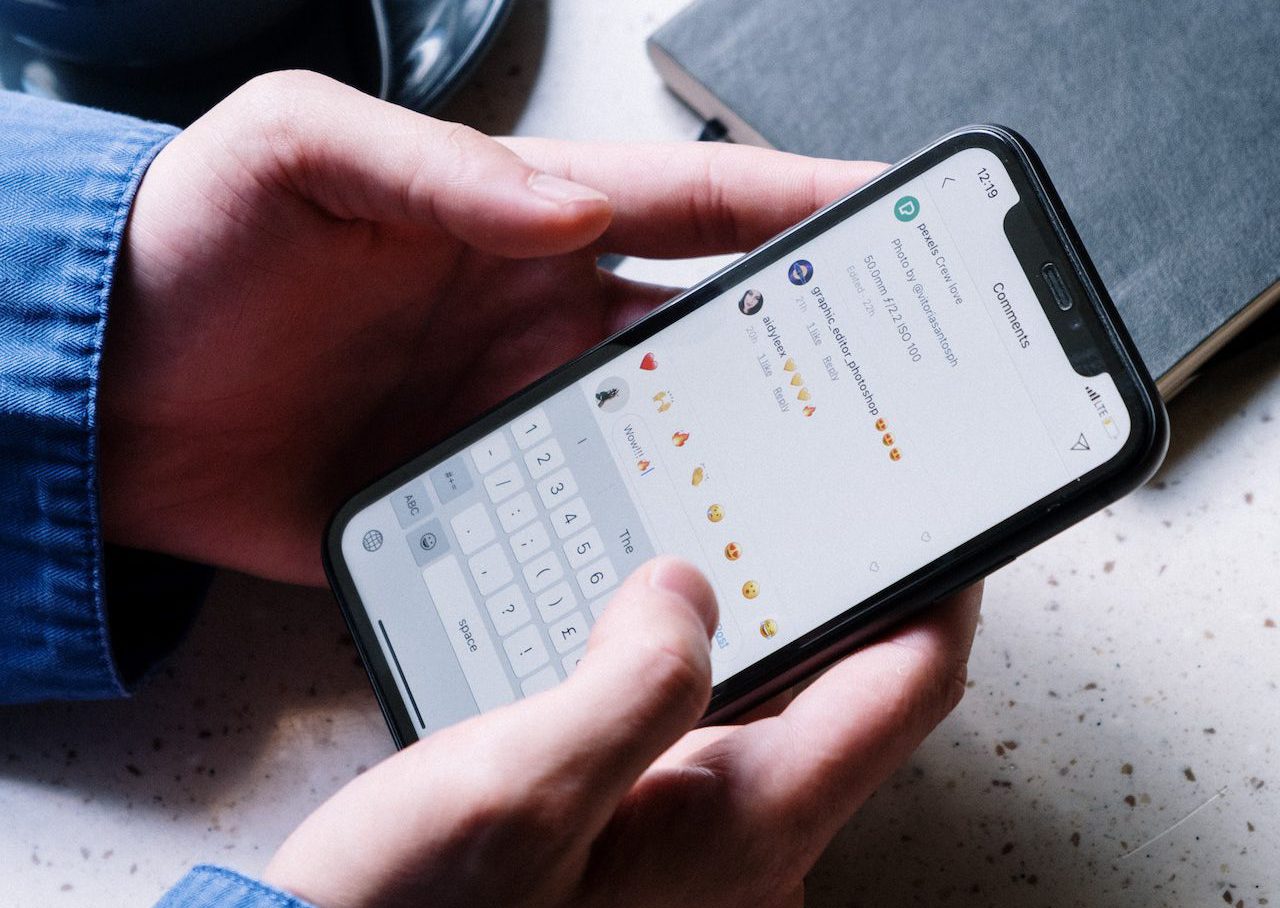As more companies seek to internationalise, tapping into markets previously out of reach, the need to work comfortably and effectively in a multicultural environment continues to be paramount. Whether its dealing with a multicultural client base, business partner or colleague, being flexible in your ability to dialogue with different cultures can save valuable time and effort, earn you a stellar reputation and raise your profile, as discussed in my previous contribution on global dexterity.
Now that we’ve set the stage for why possessing global dexterity is the key to success in the multicultural world we live in, the next order of business is to establish how to foster it. Following is some advice individuals can take to achieve global dexterity.
Realistic expectations
While we tend to paint colorful pictures of how exciting life or doing business abroad would look like, we end up obsessing over unrealistically optimistic scenarios. The worst part is, that we don’t even consider setting an expectation for how going home could look like. In both these cases we unknowingly set ourselves up for failure.
The first step to achieving global dexterity is to seriously anticipate the cultural change you’re going to go through, whether you’re going abroad or going back home.
Crack your cultural code
Once you have a realistic picture of what your life might look like, the next step is to transition smoothly to a new environment while avoiding any internal conflict. This is where your knowledge of cultural differences will come in handy. This step is crucial regardless of whether you’re traveling abroad for a short period of time or long. Even if you travel for a few days you should know what to expect. For instance it’s a good idea to research how you’ll be greeted or what will be an acceptable present keeping in mind both the culture and the nature of your business trip.
While cultures are unique and oftentimes contrasting it’s still possible to put your own spin on what acceptable behavior looks like. It’s even possible to develop distinct and segmented cultural styles. Depending on what comes more naturally to you, you can choose any of these approaches.
“Culture add” mentality: blended culture
With using the blending culture technique the good news is there is no right or wrong way. The idea is to simply blend elements of the host culture with your behaviors from before traveling abroad. The blended culture method allows for individuals to create unique cultural blends without compromising the feeling of authenticity. It’s also an excellent approach for readjusting to life at home.
For example, let’s imagine Mark spent a semester at a reputable business school in Seoul. He has successfully adapted to the cultural norms in Korea, however now that he has rejoined his college in America he feels embarrassed receiving compliments. His international mobility professor has complimented him on taking an additional Korean language course abroad but he only responds with, “No, my Korean is not good”. This might leave an impression on his American professor that he lacks confidence. Instead, a more appropriate response could have been, “Thank you, I am still trying to learn but I am not very good at speaking Korean yet.” This way he demonstrates confidence and pride in the efforts that he made and adds the element of humility, a trademark of Asian cultures.
Segmented cultural styles
The second approach is to manifest different cultural personas. This is an especially useful technique for people who don’t want to get caught up in applying the blended culture style in situations where either it isn’t needed or is inappropriate. It’s a lot similar to how we prepare outfits according to a specific occasion. For example, you’d put on your sportswear before heading to the gym, and a tuxedo to an event gala.
Seek help
The third and most important piece of advice is to ask for help. At this stage, the interventions from a cross-cultural consultant or coach are most valuable.
For example, you’ve thought about how you are going to conduct yourself in a given situation. Chances are theory might not translate into practice the way you’ve imagined it. Here’s where you need someone with the needed competencies to tell you whether your approach will have the desired outcome in a given situation, or will it backfire. Another key point here is to understand the audience you have to interact with. The way you are expected to behave even in China will be different for let’s say an investor who’s spent most of their professional life in the US and for a local investor with a more traditional background. Consultancy services like Global Mindset Development are ideal for this purpose, since they understand both the culture and the content of the industry you operate in.
Self-reflection: “A new normal”
The whole point of nurturing global dexterity is to prevent the loss of self. While it’s important to get out of your comfort zone, it’s equally as important to keep assessing internally whether these changes are starting to seem uncomfortable or unnatural. If you’re experiencing distress internally, it will ultimately show externally in your behaviors as well.
In order to not be overwhelmed by internal conflict it helps to appreciate your new behaviors. Rather than focusing on how these new behaviors feel inauthentic, it’s better to think of them as an evolution of the self. Even when others might not understand the value of your experiences abroad it’s crucial that you appreciate them and celebrate your growth as a person in the process. You did change after all, and change isn’t bad! Own your new self, accept and embrace it and you will be able to see the true value your experiences bring.
Forgiveness is key
Finally, you also need to forgive yourself. The road to cultural adaptation isn’t an easy one. You will make mistakes if you haven’t yet. Sometimes even embarrassing ones. But, it’s OK to make mistakes, we all do!
Project the same sense of forgiveness to those around you as well. Express your respect for the host culture, apologise for any cultural inappropriateness, but most importantly demonstrate that you are making an effort. Communicate that you’re trying to adapt to the cultural rules and traditions even if you make a few mistakes now and then. This will not only help you build community relationships but also encourage your hosts to aid you with your adaptation.
The author would like to thank Hafsa Shakil, GMD intern, for her support in research and writing for the present article.
6 morning routine mistakes to avoid that could cost you productivity
There are easy and effective ways to set the right tone from the start of your day.
Mistakes CEOs regret and how to avoid them
Many CEOs look back and wish they had done things differently.
6 steps business leaders must follow to address negative online reviews
Responding to online critics is an effective way of protecting a company’s reputation and building customer loyalty.
Provide feedback and show respect: 5 ways business leaders can steer a young team towards success
Millennials and Gen Z employees are on the rise, and while they are wrongly viewed as ‘unmotivated’ and ‘entitled’, they ...









